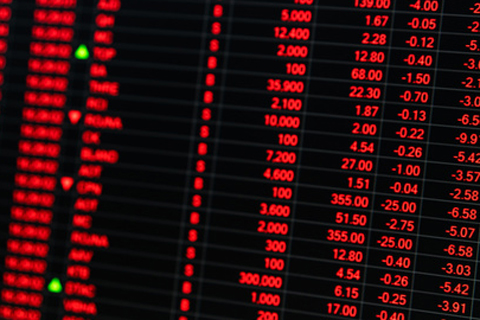Global industry responds to U.S. steel tariffs, according to MEPS report
by David Fleschen

Governments and companies around the world are adjusting their strategies in response to rising steel import tariffs in the United States, according to a new statement and market analysis published by MEPS International, a steel industry research group.
The report highlights the reintroduction of the U.S. Section 232 tariffs, which impose a 25% duty on most imported steel products as of March 14. The recent move, followed by an announced increase to 50% starting June 4, has created widespread market uncertainty, particularly in North America. MEPS researchers note that many of their U.S.-based contacts link weakened domestic demand to the ongoing unpredictability of the trade environment.
According to MEPS, the average U.S. tariff rate now stands at approximately 17%, significantly up from 2.5% a year ago. Although slightly lower than April’s average of 24% — when Chinese imports were heavily targeted — the overall trajectory suggests continued volatility. A final decision on “reciprocal” tariffs affecting imports from multiple countries is expected by July 9.
In the meantime, MEPS observes that affected countries are already shifting policy and commercial strategies. Canada, whose steel exports to the U.S. have been hit hard, is among the most visible examples. Canadian steelmakers have scaled back production, while companies like Cleveland-Cliffs, which acquired Canadian firm Stelco in 2024, have redirected all sales to the domestic market.
MEPS also reports that the province of Ontario has adopted a "Buy Canada" provision in its latest budget to prioritize domestic steel in public infrastructure. At the national level, Canada has introduced a retaliatory 25% tariff on U.S. steel imports and is reportedly reviewing additional protectionist measures.
Beyond North America, companies are responding with investment plans targeting U.S. operations. According to MEPS, Japanese steelmaker Nippon Steel has pledged up to USD 4 billion for a potential new mill in the U.S., pending approval of its acquisition, which is now under review by the Committee on Foreign Investment in the United States.
In a separate development, Hyundai Steel announced a USD 5.8 billion investment in a new electric arc furnace (EAF) mill in Louisiana, expected to begin production in 2029 and supply high-grade automotive steel.
MEPS notes that several similar investment announcements followed the original introduction of Section 232 tariffs in 2018. Some, such as facilities by Nucor and Steel Dynamics, have been completed. Others, including modernization projects and restarts by U.S. Steel and Republic Steel, were ultimately not realized.
While the U.S. administration has framed the renewed tariffs as a way to strengthen domestic industry, MEPS suggests that their long-term impact remains uncertain, especially as global producers seek alternative markets and trade dynamics continue to evolve.
Source: MEPS, Photo: Fotolia

